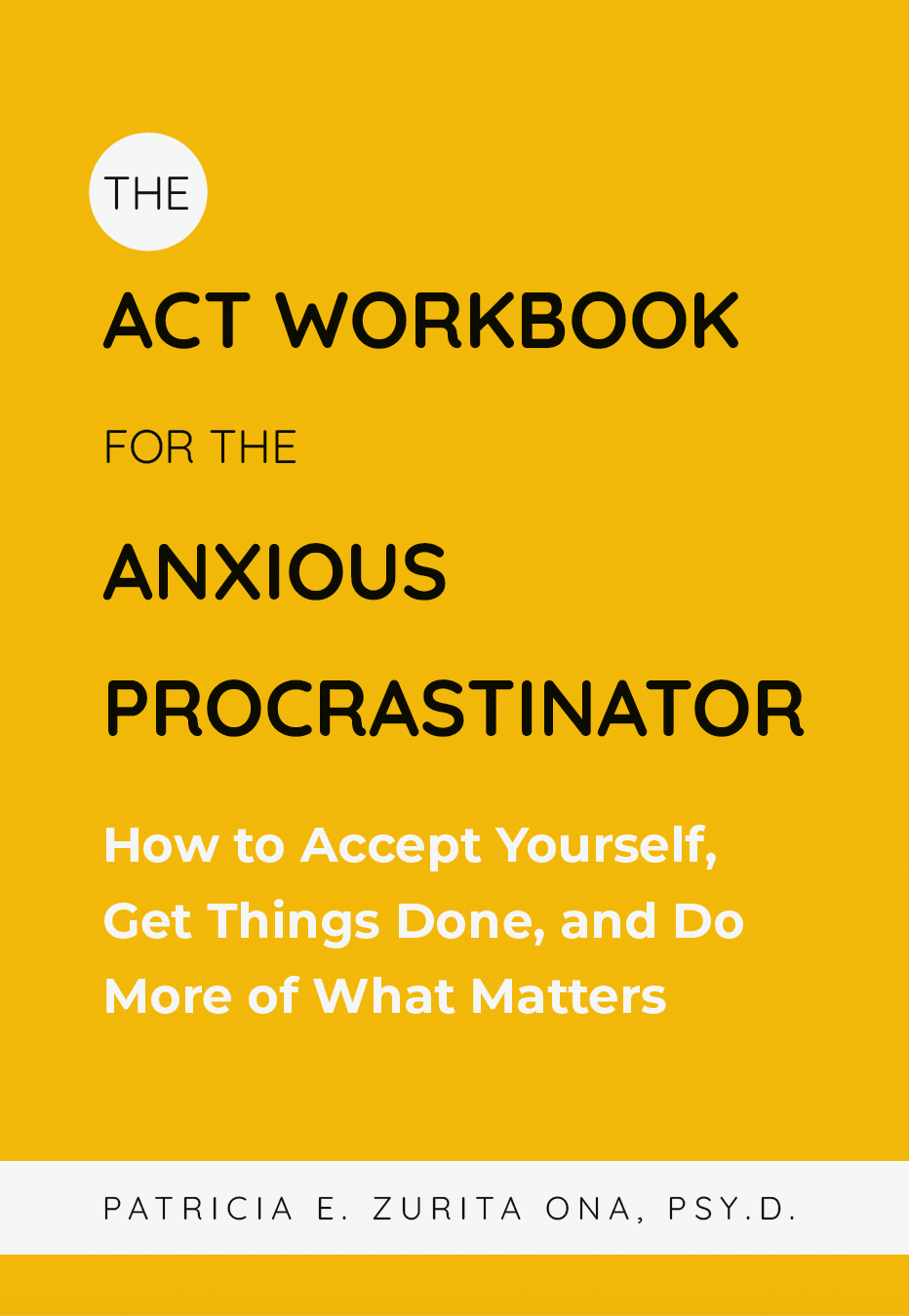Approximately twenty years ago, Edna Foa, Ph.D. started delivering exposure-based interventions for the treatment of Post-Traumatic Stress Disorder (PTSD) and Obsessive Compulsive Disorder (OCD) in particular.
Dr. Foa’s pioneer clinical work has not only tremendously shifted the treatment of anxiety disorders in general but also gave those who struggle with PTSD and OCD the opportunity to simply get better and get back into their lives.
(Click here if you would like to watch a 7-minute clip of Dr. Foa conducting prolonged imaginal exposure)
Over the years, the efficacy of exposure-based interventions for the treatment of anxiety disorders has become very strong.
In addition, the application of exposure-based interventions has significantly extended from anxiety problems to multiple psychological difficulties such as health concerns, substance abuse, eating disorders, problematic eating, body image concerns, and even to fears related to sport performance to mention some of these new settings in which exposure could significantly help clients.
You could read hundreds of pages, books, or articles about the technical and academic definitions of what is an exposure-based treatment or what is an exposure-based intervention; however, allow me to share with you in a nutshell what exposure is: Exposure is an exercise that will allow you to face, in a safe and progressive way, what you are afraid of without engaging in any avoidant response.
Why an exposure based intervention is important? Every time there is a memory, emotion, physical sensation, situation, or place that triggers an uncomfortable emotional experience and you respond to it by avoiding, suppressing, or trying to numb yourself from that discomfort, you are basically developing a dangerous path of avoidance that, sooner or later, will affect your life.
Avoidant responses work because they reduce whatever emotional discomfort you are in. However, the more you avoid, the worse the emotional discomfort gets, and the more narrow your life becomes in the long term. Exposure targets directly that avoidance pattern.
For instance, Louise experienced her first panic attack when dropping her kids at their elementary school; little by little she started avoiding the elementary school because of her fear of having another panic attack; later on, because of some physical sensations when going to the grocery store, she stopped doing groceries for her house.
Progressively, in a period of four months she couldn’t leave her house and avoided all public places in which she may potentially have a panic attack, including her work site. Louise’s avoidant responses clearly worked in a short-term: she didn’t have a panic attack.
Nevertheless, Louise couldn’t attend to her children’s performance at school, pick up her husband from work, visit her mother or relatives, or continue to contribute to the finances of the house.
As you can see, Louise’s ongoing efforts to protect herself from having a panic attack worked in the short-term; however, she couldn’t do the things that matter to her or being the person she wanted to be.
There are different types of exposure: in-vivo or situational, interoceptive, and imaginal exposure based on what each person is avoiding and what their triggers are.
Regardless the type of exposure practice a person decides to go through, it’s extremely important to highlight that this is a gold standard intervention that has been demonstrated over and over to be effective when dealing with this type of struggle or any other one in which an avoidance response/pattern has been developed and is affecting significantly a person’s life.
Understanding why we avoid a particular memory, emotion, situation, place, or physical sensation is simply not enough to move on in life; exposure based-interventions give you the opportunity to develop a different behavioral response to what you’re afraid of.






